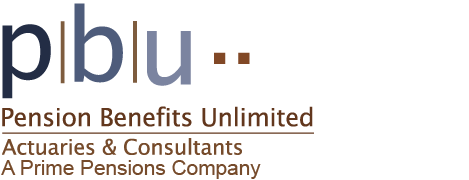ESOP PLANS
An Employee Stock Ownership Plan (ESOP) is a tax-qualified employee benefit (retirement) plan that is designed to invest primarily in stock or other securities issued by the employer. An ESOP must be custom designed to fit a company’s situation and needs.
Typically, an ESOP works like this:
- The employer implements an ESOP by adopting a written ESOP document and by naming a plan trustee.
- The employer then makes tax-deductible contributions to the plan.
- The plan trustee uses the contributions to buy employer stock.
- The trustee holds the stock for the benefit of the participating employees
- When employees retire (or in certain other circumstances), the trustee makes distributions to the employees from the plan. The distributions may consist of employer stock or, under certain circumstances, an equivalent amount of cash.
An ESOP may be set up so that employer contributions provide the funds for the plan’s stock purchases. Or a debt-financed – leveraged- form of ESOP. With a leveraged ESOP, the trustee or plan sponsor borrows money from a lender. The borrowed funds are used to acquire stock from the company. In turn, the trustee uses company contributions to gradually pay both interest and principal on the debt. A leveraged ESOP can supply a corporation with substantial working capital funded with tax-deductible dollars. Under the right circumstances, a leveraged ESOP can be a very practical financing resource for a company.
ESOP Benefits include:
- Added stock liquidity – If the employer is a closely held corporation, the ESOP can ensure a market for employer stock.
- Acquisition and merger assistance – A closely held corporation may use its ESOP to help (or hinder) prospective acquisitions or mergers.
- An ESOP makes employees part owners of the company. So they will benefit from any appreciation in the company’s value.

